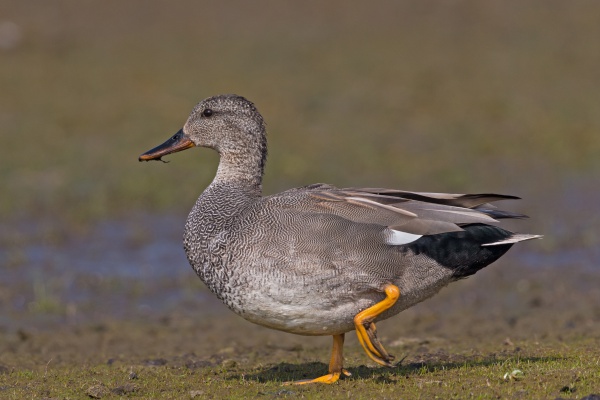Facts About Gadwall
The gadwall, a common species of dabbling duck in the Anatidae family, was first described by Carl Linnaeus in 1758. Closely related to the falcated duck and wigeons, which are all part of the genus Mareca, the gadwall has two recognized subspecies: the common gadwall and Coues's gadwall.
Male gadwalls are larger and exhibit more distinctive plumage patterns compared to females. Female gadwalls resemble female mallards but possess distinguishing features.
These ducks inhabit various regions, breeding across Europe, the Palearctic, and central North America. As migratory birds, they spend winters further south than their breeding grounds. In Great Britain, gadwalls are infrequent breeders and winter visitors; however, their population is increasing, likely due to introduction and colonization efforts.
Gadwalls prefer open wetlands and feed by dabbling for plant matter. They nest on the ground and are less social compared to some other duck species. The male gadwall has a whistling call, whereas the female's call resembles that of a mallard.
From a conservation perspective, gadwalls are listed as "Least Concern" on the IUCN Red List, with populations showing growth. They are also popular among hunters, with sustainable hunting efforts supported by various conservation groups.

 Central African Republic
Central African Republic